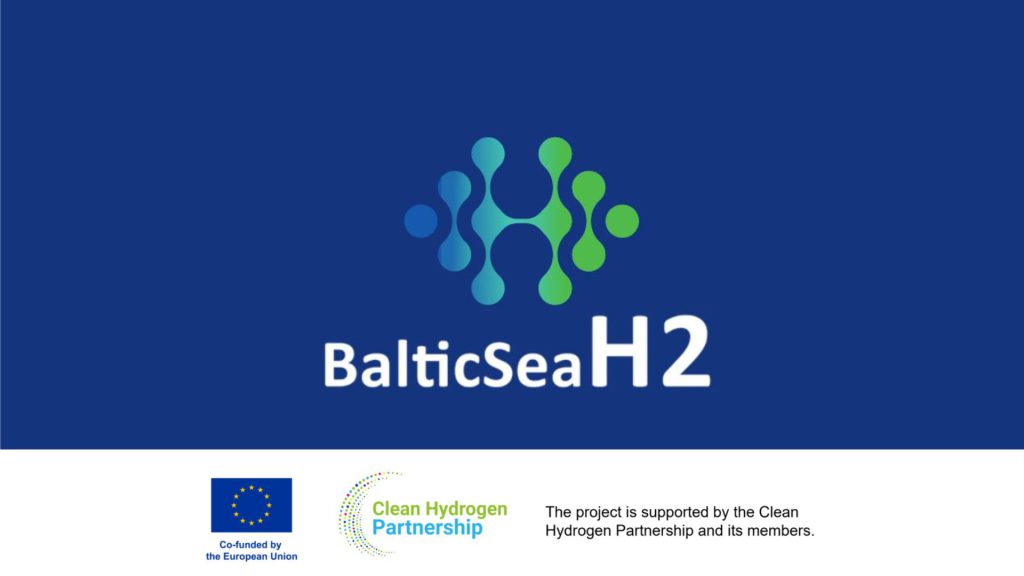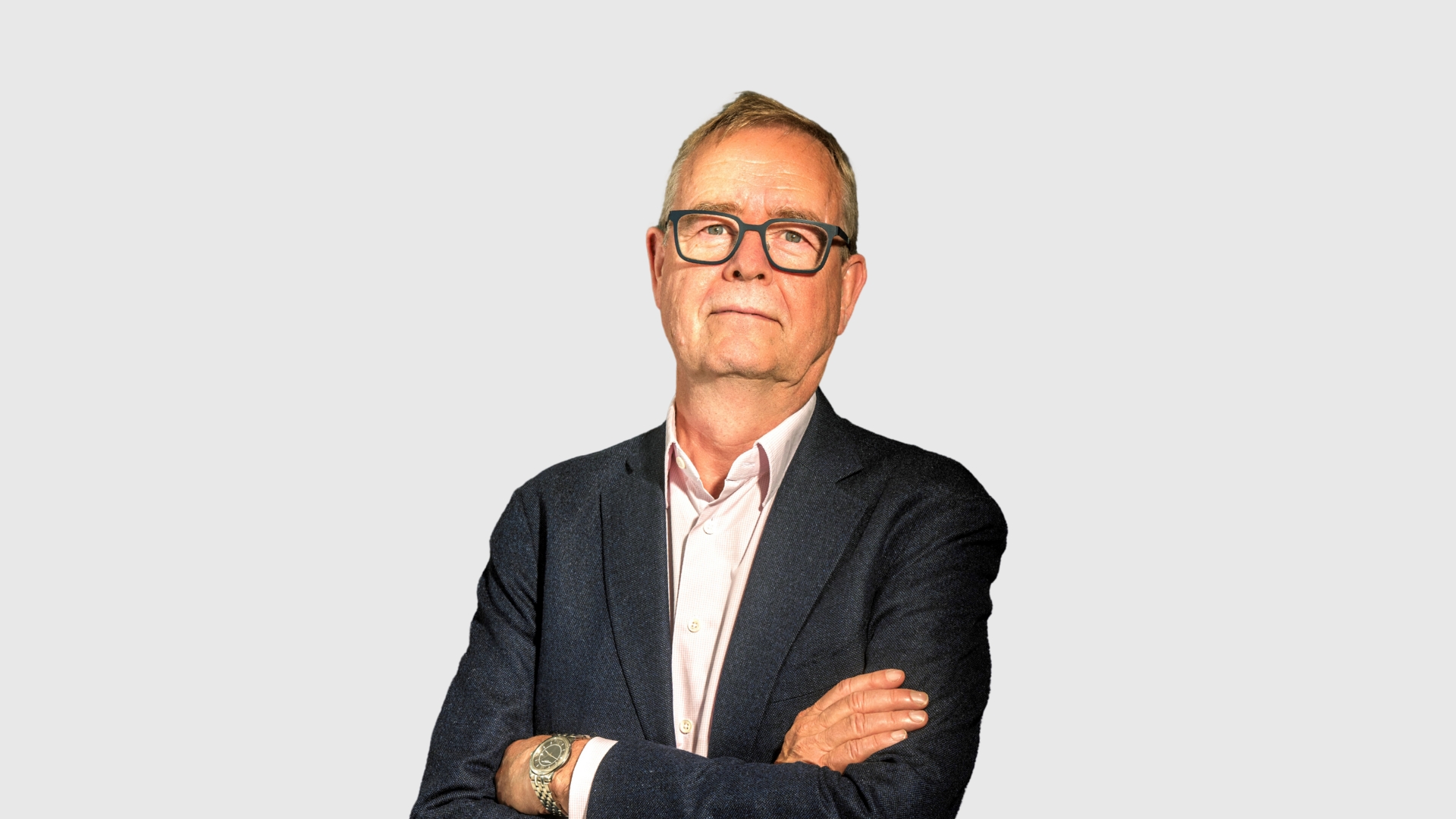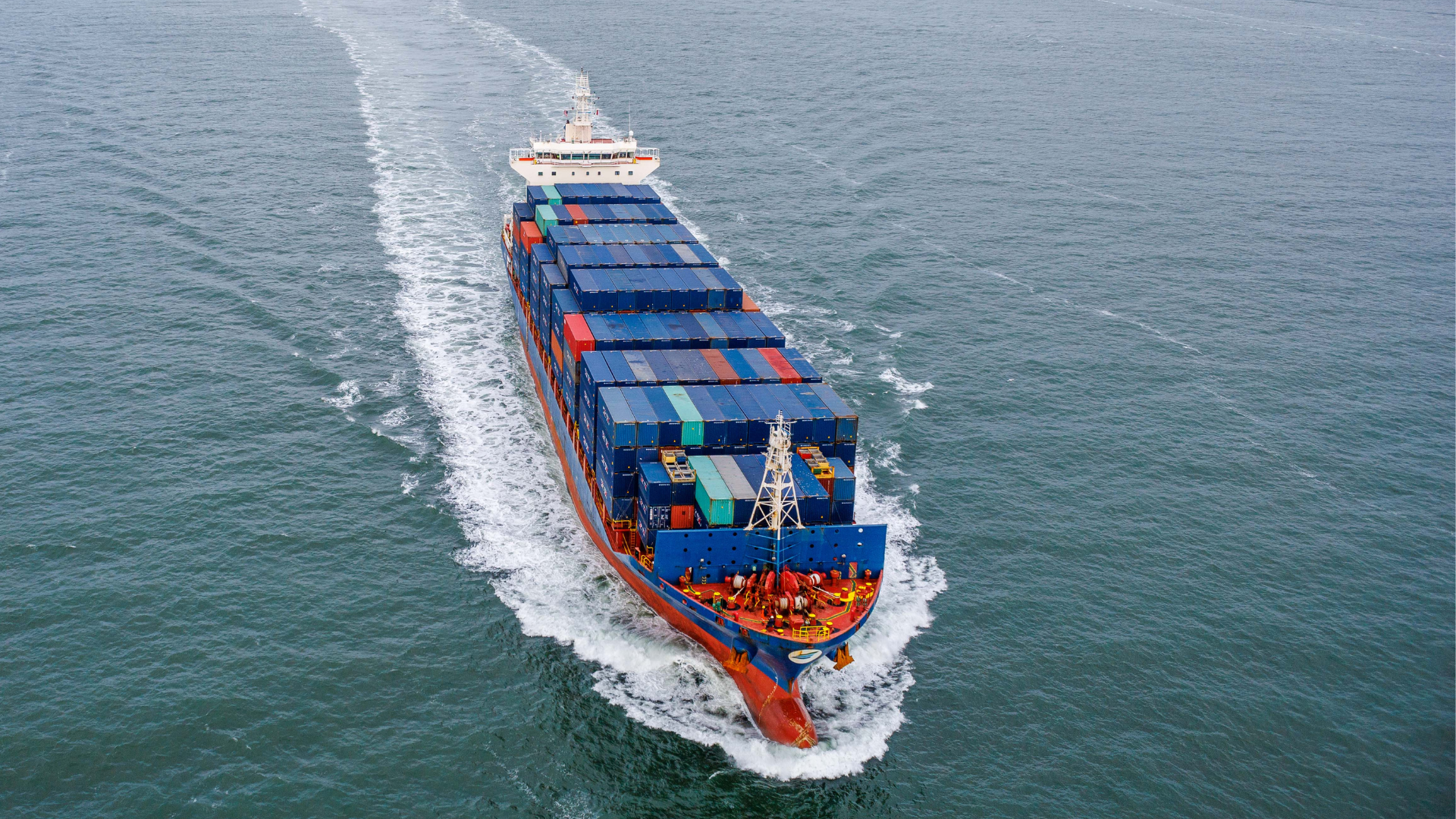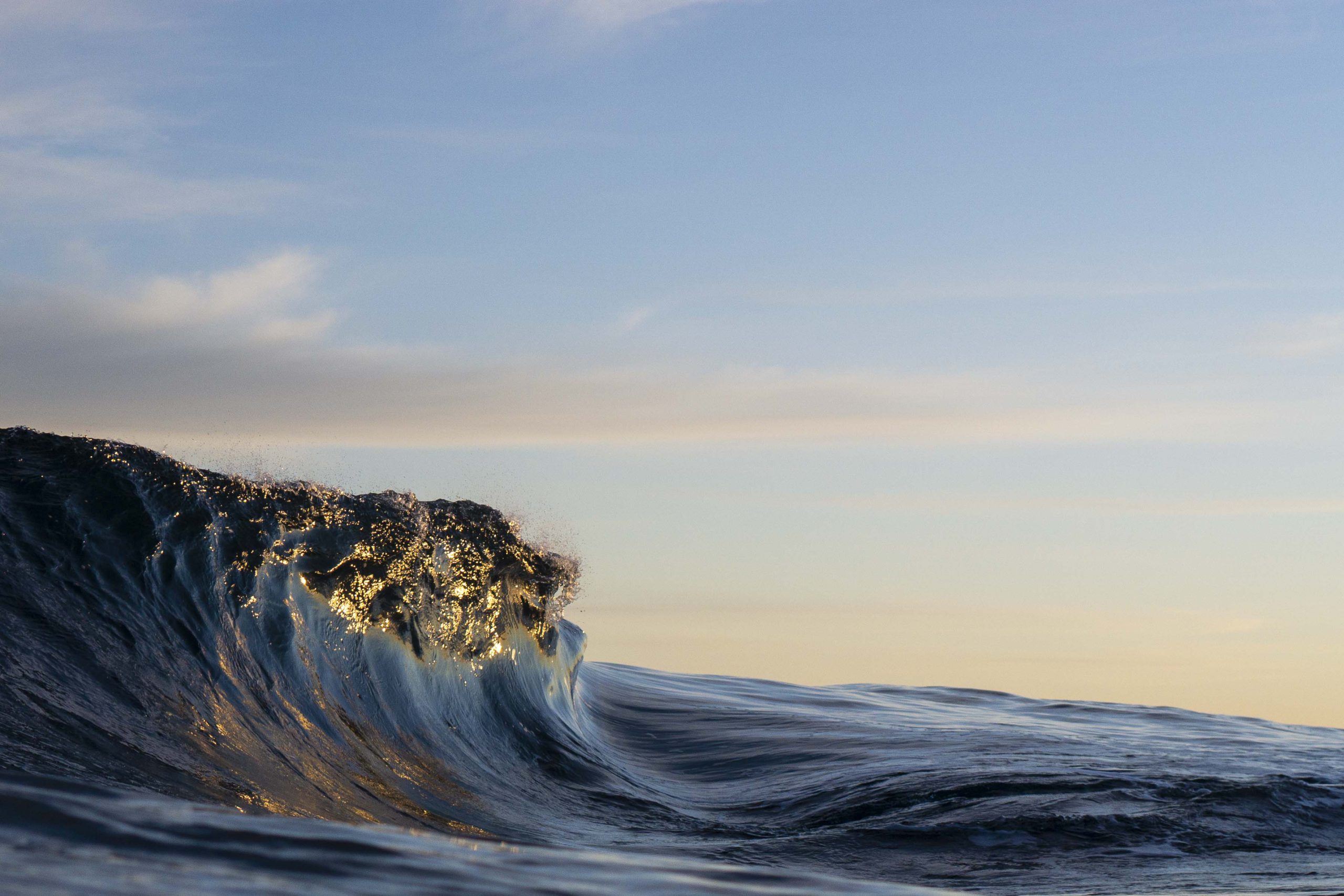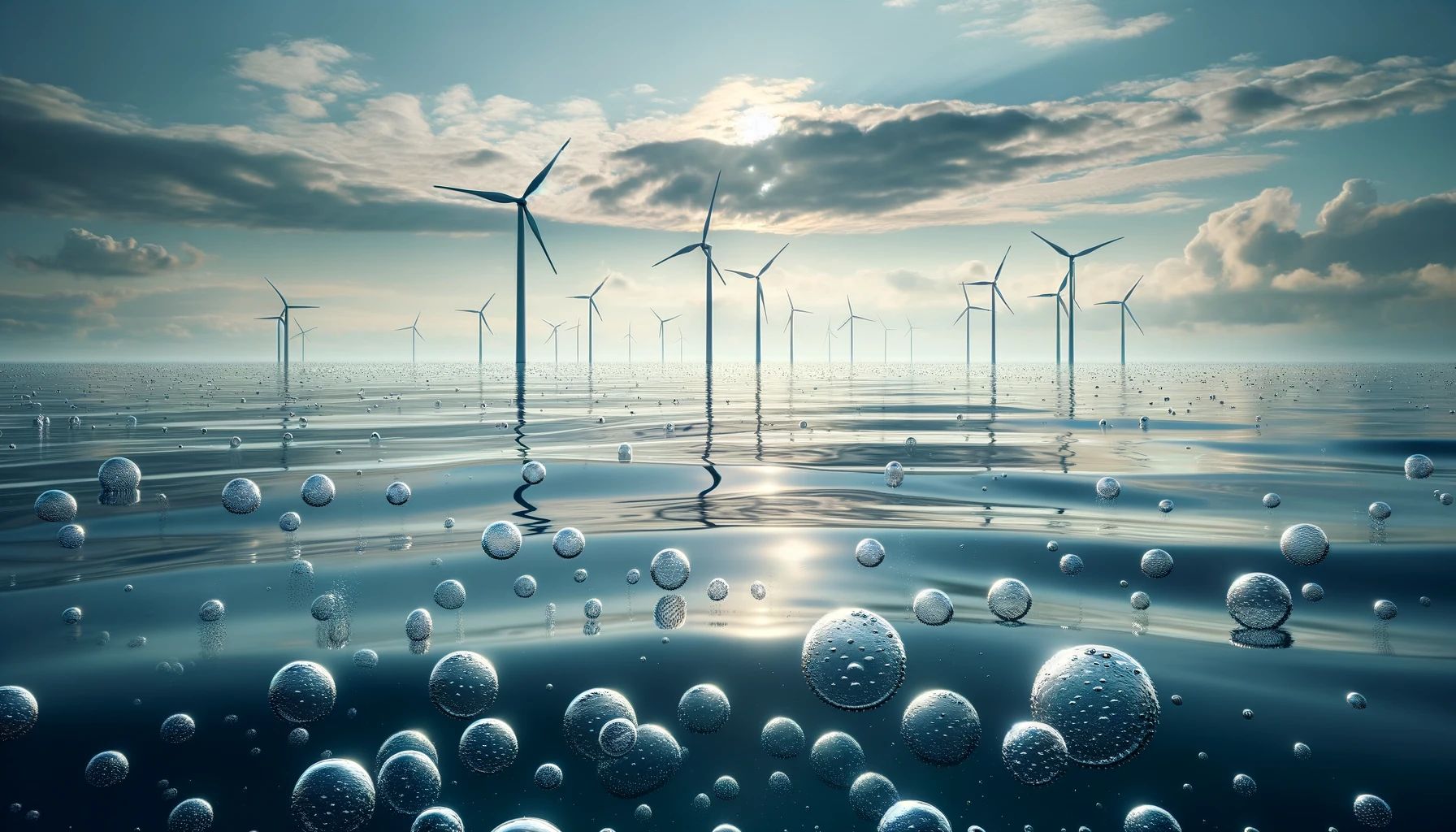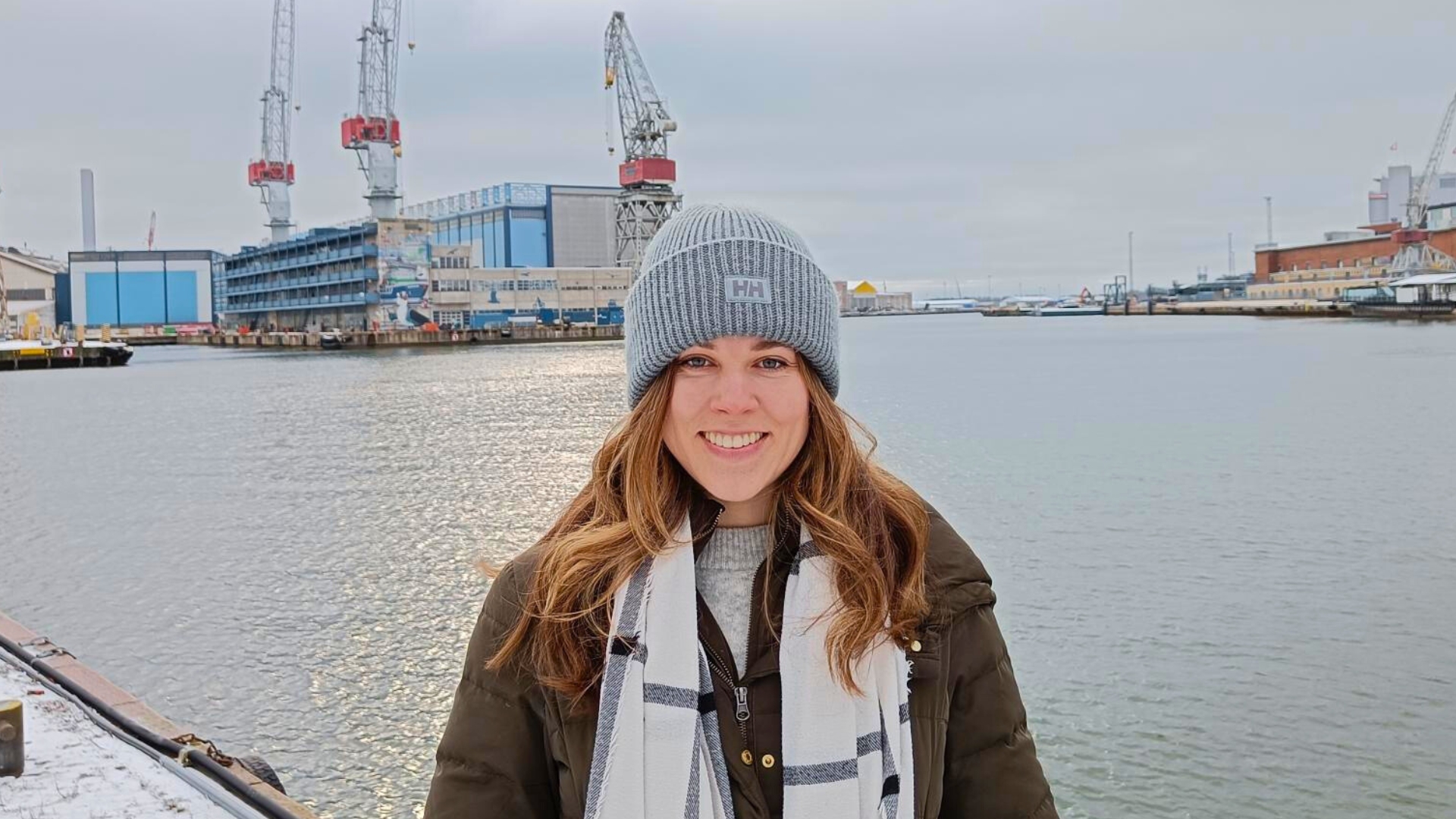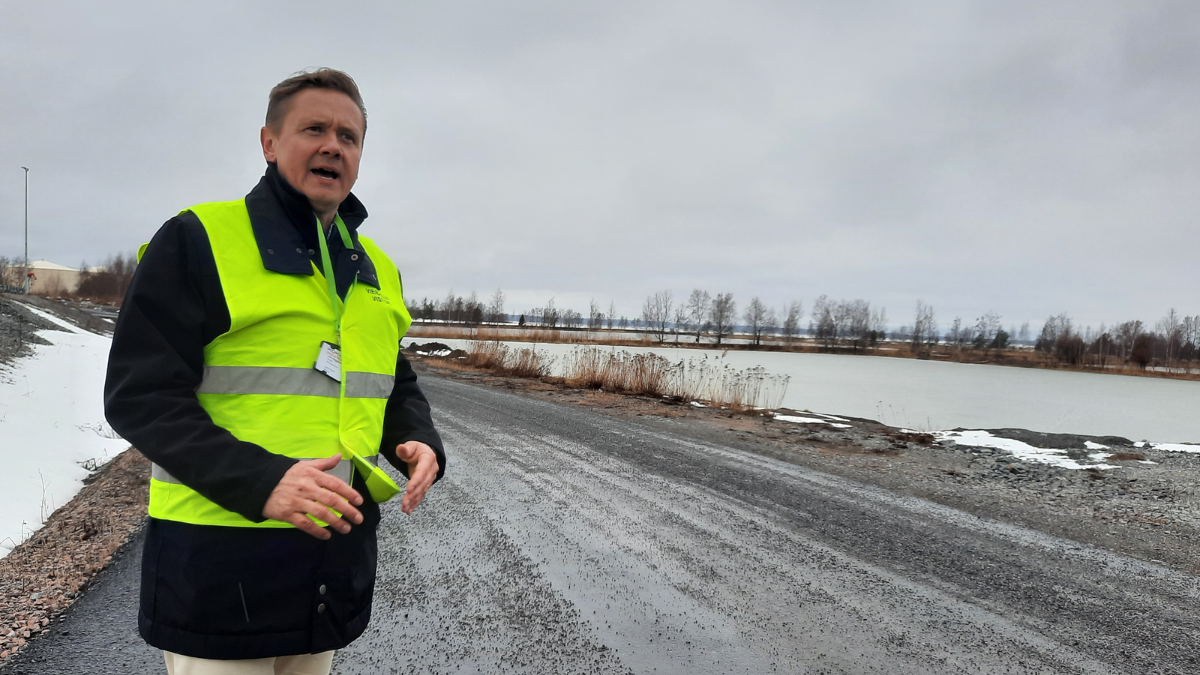BalticSeaH2 builds the first significant, cross-border hydrogen valley in Europe. The goal is to create an integrated hydrogen economy around the Baltic Sea to enable energy self-sufficiency and minimise carbon emissions from different industries. The project brings together 40 partners from nine Baltic Sea area countries, including Flexens. Combining local areas into a broader valley supports creating a genuinely integrated, interregional hydrogen economy, which has not been done previously on this scale in Europe.
The area between Finland and Estonia is an optimal location for a cross-border hydrogen market. The necessary infrastructure – natural gas pipelines, electricity grids, and active marine traffic – already exists in the Gulf of Finland. The project will also support the reduction of carbon emissions from existing marine traffic. In addition, Gasgrid Finland is already preparing hydrogen infrastructure: Nordic-Baltic Hydrogen Corridor, Baltic Sea Hydrogen Collector and Nordic Hydrogen Route enable strong growth for the hydrogen economy and hydrogen markets in the Baltic Sea region.
The BalticSeaH2 project enables 25 demonstration and investment cases to showcase the different sectors of the hydrogen economy, adding up to over 4000 million euros in total investments. The production potential for hydrogen will reach 100,000 tonnes of hydrogen annually by the end of the project. The hydrogen and its derivatives can be utilised or sold by different industries brought together by the project.
Finland ambitiously targets carbon neutrality by 2035, supported by our significant wind power potential. Producing and refining clean hydrogen for industry use, transport, and new products creates new export opportunities. BalticSeaH2 project has prerequisites to create a fast-growing clean hydrogen market to accelerate the development of the hydrogen economy in the Baltic Sea region and the whole of Europe.
The project starts at the beginning of June and lasts five years. The consortium includes 40 partners from nine Baltic Sea region countries: Finland, Estonia, Latvia, Lithuania, Poland, Germany, Denmark, Norway, and Sweden. The project and consortium were prepared by Finnish CLIC Innovation, which is also the project coordinator. Gasgrid Finland is a co-coordinator for the collaboration in the project. The total volume of the project is 33 million euro, with 25 million funding from the EU. Clean Hydrogen Partnership supports European hydrogen valley projects with RePowerEU funding from the commission.
FLEXENS’ ROLE: HYDROGEN SUPPLY AND STORAGE FOR LARGE PASSENGER FERRY
As part of the BalticSeaH2 project, Flexens is conducting a feasibility study on a 1,000-3,000 passenger hydrogen-powered ferry. For this, Flexens is identifying potential hydrogen-powered ferry routes in the Baltic Sea and examining hydrogen supply prerequisites.
CONTACT
CLIC Innovation
Jatta Jussila, CEO, jatta.jussila@clicinnovation.fi, +358 (0) 40 825 6500
Flexens
- Press relations: Juha Uppa, juha.uppa@flexens.com, +358 (0) 45 118 9585
- Investor relations: Berndt Schalin, berndt.schalin@flexens.com, +358 (0) 40 842 9469

Flexens Oy Ab is a project developer implementing Power-to-X technologies to enable societies to run on a 100 % renewable energy mix. Flexens was founded in 2018 to capitalise on the skills and capabilities created in building the world-leading RES testbed and demo, Smart Energy Åland, to capture the rapidly growing demand for renewable energy systems. Flexens has a solid commercial pipeline with substantial foreseen capacity in Finland and abroad.

